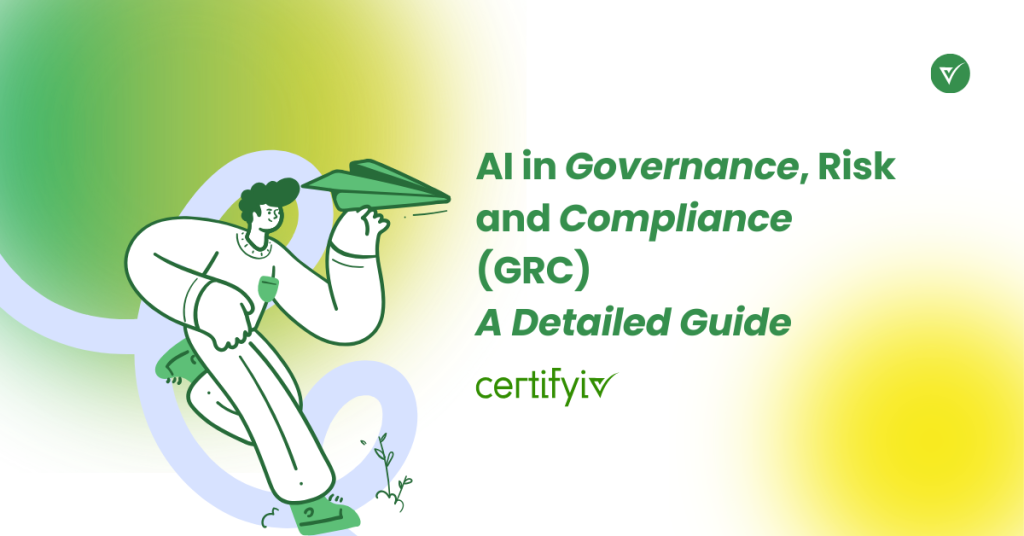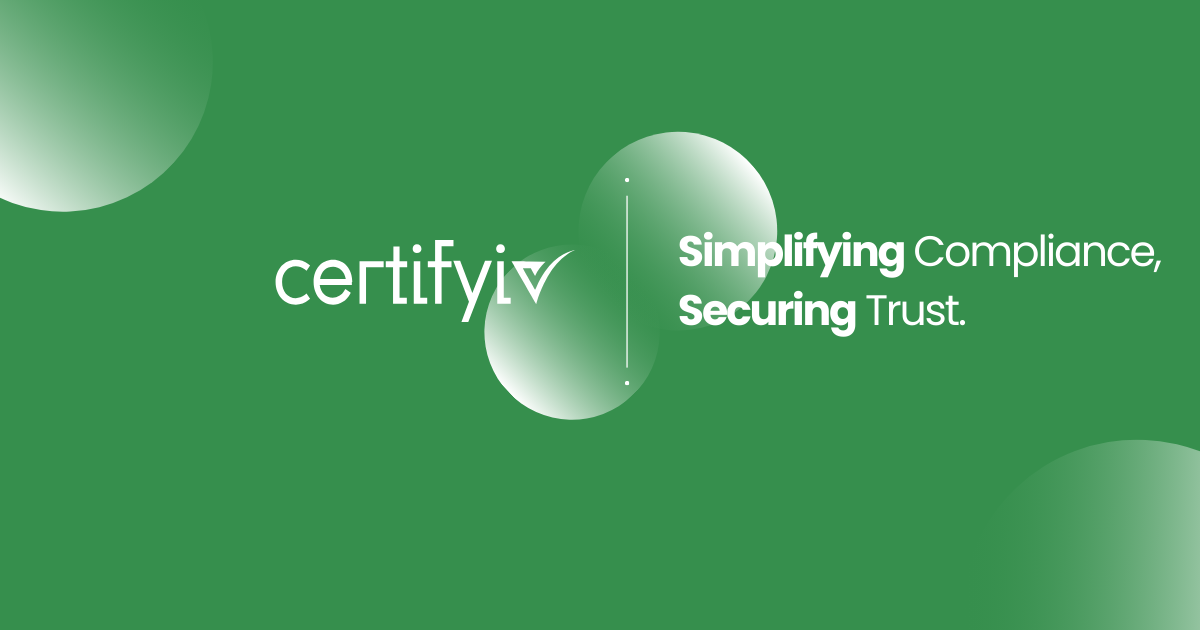The world of Governance, Risk, and Compliance (GRC) is being transformed by artificial intelligence (AI). For organizations aiming to keep pace with complex regulations, proactively manage risks, and build stakeholder trust, AI offers a new paradigm one where compliance is automated, risks are predicted, and controls are continuously monitored. This guide introduces how AI is reshaping GRC, focusing on compliance automation and predictive risk management.

GRC refers to the integrated approach organizations use to manage governance structures, assess and mitigate risks, and ensure compliance with laws, standards, and internal policies. Traditional GRC processes are often manual, siloed, and reactive—making it difficult to keep pace with evolving regulations and emerging threats.
AI in GRC addresses these challenges by automating routine tasks, analyzing vast datasets for risk signals, and providing real-time insights that empower proactive decision-making
What is GRC and Why Does It Matter?
GRC encompasses the frameworks, processes, and tools organizations use to:
- Govern: Set and enforce policies and procedures.
- Manage Risks: Identify, assess, and mitigate risks.
- Ensure Compliance: Adhere to laws, regulations, and standards.
Traditionally, GRC has been manual, resource-intensive, and reactive. As regulatory environments grow more complex and risks become more dynamic, organizations need smarter, more agile solutions.
How AI Enhances GRC
1. Compliance Automation
AI-driven platforms can automate many compliance tasks that previously required significant manual effort:
- Evidence Collection: AI can automatically gather and validate evidence for audits, reducing human error and saving time.
- Continuous Monitoring: Machine learning models can monitor controls and flag anomalies in real time, ensuring ongoing compliance rather than periodic checks.
- Reporting: Automated generation of compliance reports streamlines regulatory submissions and internal oversight.
By automating these processes, organizations can respond faster to regulatory changes and reduce the risk of non-compliance.
2. Predictive Risk Management
AI excels at analyzing large volumes of data to identify patterns, trends, and emerging risks:
- Risk Identification: AI models can scan internal and external data sources to detect threats, vulnerabilities, or compliance gaps before they escalate.
- Scenario Analysis: Machine learning enables organizations to simulate risk scenarios and assess the potential impact of different risk responses.
- Continuous Risk Assessment: AI systems can update risk profiles in real time as new data becomes available, supporting proactive decision-making.
This predictive capability allows organizations to move from reactive risk management to a forward-looking, preventive approach.
Key Benefits of AI in GRC
| Benefit | Description |
|---|---|
| Automation | Reduces manual effort and increases efficiency in compliance processes. |
| Proactive Risk Management | Identifies and mitigates risks before they become issues. |
| Scalability | Supports organizations of all sizes, from startups to enterprises. |
| Global Compliance Support | Helps meet international standards (SOC 2, ISO 27001, GDPR, HIPAA, etc.). |
| Trust Building | Enables continuous monitoring, fostering transparency and stakeholder trust. |
Best Practices for AI-Driven GRC
- Establish Clear Governance: Define roles, responsibilities, and accountability for AI-enabled GRC processes.
- Ensure Transparency: Document AI system decisions and maintain clear audit trails for regulatory review.
- Prioritize Data Quality: High-quality, representative data is essential for accurate risk assessments and compliance automation.
- Integrate Human Oversight: While AI can automate and predict, human judgment remains critical for interpreting results and making final decisions.
- Continuously Monitor and Improve: Regularly review AI models and controls to adapt to new risks and regulatory changes.
Building Trust Through Continuous Compliance
Continuous compliance monitoring, enabled by AI, is crucial for building and maintaining trust with stakeholders. By providing real-time assurance that controls are operating effectively, organizations can demonstrate their commitment to security, privacy, and ethical standards.
Getting Started with AI in GRC
- Assess Your Current GRC Processes: Identify manual, repetitive, or high-risk areas that could benefit from automation.
- Explore AI-Powered GRC Solutions: Look for platforms that offer compliance automation, predictive analytics, and integration with your existing systems.
- Engage Stakeholders: Involve compliance, risk, IT, and business leaders in the design and implementation of AI-driven GRC initiatives.
- Request a Demo: See firsthand how AI can transform your compliance and risk management workflows.
Take the Next Step
Ready to modernize your GRC processes with AI? Request a demo or contact us to learn how Certifyi’s AI-powered platform can help your organization automate compliance, proactively manage risks, and build trust with stakeholders.
Explore more on our Partner Program or visit our Help Center for insights on compliance automation and AI in risk management.
Certifyi’s platform supports global compliance frameworks and is designed to scale with your organization’s needs. Proactively manage risk and automate compliance, empower your business to thrive in a complex regulatory landscape.| For Global AI Risk Database


